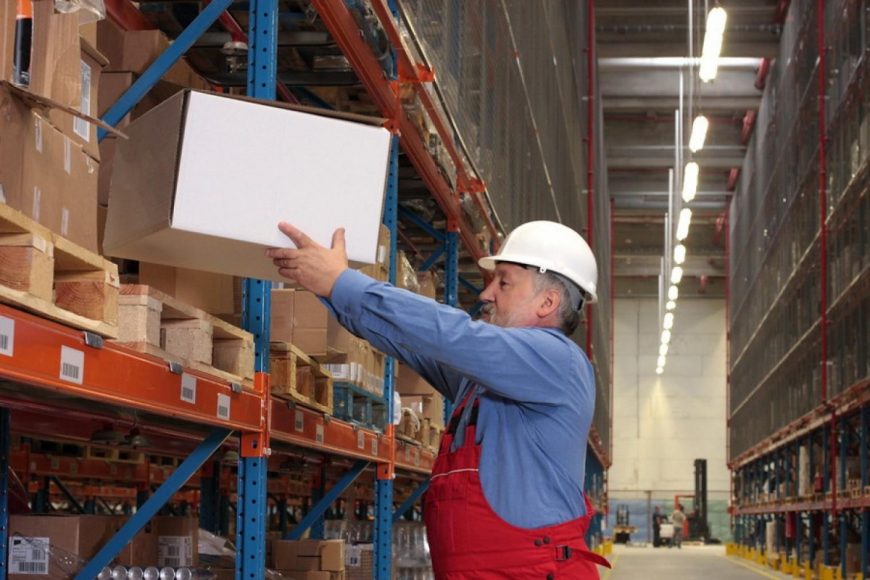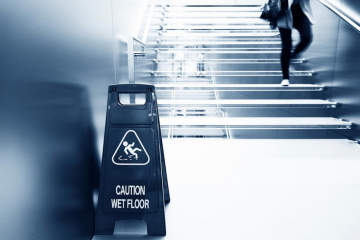Reverse logistics (or reverse distribution) is a process within the retail community that describes the return of unwanted, damaged, unsold, or dated retail products back to the distribution center, warehouse, supplier or manufacturer, for the purpose of redistribution, recycling, reuse, or disposal.
However, retailers can sometimes run afoul of long-standing regulations developed for industrial and manufacturing operations, if items considered hazardous are shipped. Retail employees preparing items for reverse distribution typically lack the extensive training and experience necessary to properly handle hazardous wastes and hazardous materials.
Looking for Guidance?
The US Environmental Protection Agency proposed revisions to the hazardous waste generator regulations in September 2015 that provide streamlined requirements for the reverse distribution of hazardous pharmaceutical wastes. Final regulations are expected in September 2016.
Similarly, the U.S. Department of Transportation’s (DOT) Pipeline and Hazardous Materials Safety Administration (PHMSA) announced final rules for reverse logistics on shipments from retail facilities. PHSMA states that the final rule will “benefit retail operators by establishing a regulatory framework targeted to a distinct and limited segment of the supply chain that is associated with retail stores.” The same vehicles that deliver retail products can be used to return those same products to a reverse logistics center for manufacturer credit or further classification and disposal.
The regulations are somewhat limiting, only allowing retail facilities to initiate shipments, and then only for highway transport. If a company ships primarily using other modes of transport, such as air or rail, the reverse logistics rule offers no relief. Additionally, certain items, such as lithium batteries, are excluded.
Contents of the Rulemaking
Key provisions of the rulemaking include:
-
Definition of a new regulatory term “reverse logistics,” which means “the process of offering for transport or transporting by motor vehicle goods from a retail store for return to its manufacturer, supplier, or distribution facility for the purpose of capturing value (e.g., to receive manufacturer’s credit), recall, replacement, recycling, or similar reason." Some materials are excluded, such as hazardous waste that would typically be shipped under a manifest, and Lithium batteries.
-
Establishment of simplified packaging requirements, generally requiring retail products to be shipped in original packaging or, if the original packing cannot be used, replacement packaging that is leak-proof in normal handling and of equal or greater structural strength than the original.
-
Designation of hazard communication and marking requirements for reverse logistics shipments, e.g. “REVERSE LOGISTICS –HIGHWAY TRANSPORT ONLY – UNDER 49 CFR 173.157.” However, this marking would only be permissible for shipments offered to and transported by private carriers.
-
Establishment of simplified training requirements; employees preparing reverse logistics shipments need not meet the full DOT training requirements for hazardous materials shippers. Reduced training obligations require shippers to demonstrate that employees have the knowledge and familiarity for marking and packaging reverse logistics shipments.
-
Maximum beneficial treatment for private carriers, which are eligible for the highest level of regulatory relief. A non-private carrier, defined as “anyone who does not own or operate its own fleet of vehicles,” would not be eligible to transport certain types of hazardous materials, such as fireworks, ammunition, flares, and internal combustion-powered equipment. Only private carriers may carry packages labelled for reverse logistics; non-private carriers would be required to include proper shipping names and hazard warnings specific to the actual contents.
-
Limitations on maximum package weight (66 pounds) for each package shipped under the reverse logistics section.
-
Expansion of a rule that will modify the rules to allow carriers to pick up wet batteries (e.g. automotive lead-acid batteries) from multiple locations for purposes of recycling. Carriers had previously been limited to picking up batteries only from a single shipper.
Relief for Retail
The new rule affects a relatively narrow portion of the business community. To obtain the maximum benefit, the retail operation (and the rules do apply only to retailers) must have the following characteristics:
-
The retailer must use trucks owned by the retail organization.
-
The retailer must ship only the limited hazardous materials specifically allowed by the new regulations.
-
The retailer must ship the hazardous materials in packages no greater than 66 pounds.
Non-owned vehicles can still be used, but fewer classes of materials would be eligible for shipment under the reverse logistics rule. Employees will likely need more training and instruction to understand the additional shipping names and hazard warnings that would be needed.
For help understanding how these regulations apply to your specific business, or to discuss your training and compliance needs, contact Antea Group today.
Want more news and insights like this?
Sign up for our monthly e-newsletter, The New Leaf. Our goal is to keep you updated, educated and even a bit entertained as it relates to all things EHS and sustainability.
Get e-NewsletterHave any questions?
Contact us to discuss your environment, health, safety and sustainability needs today.






